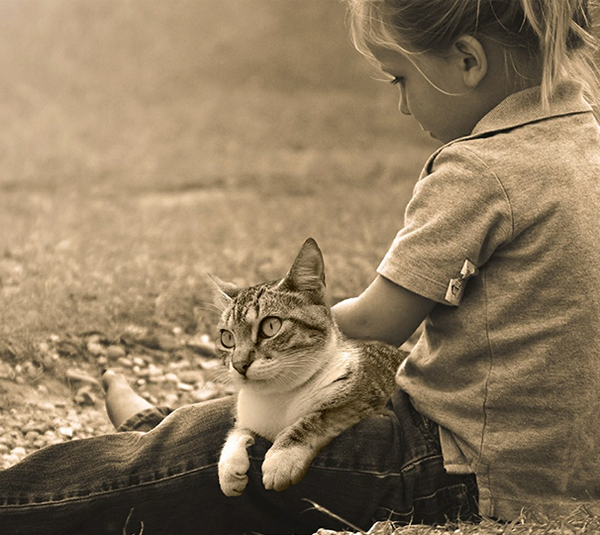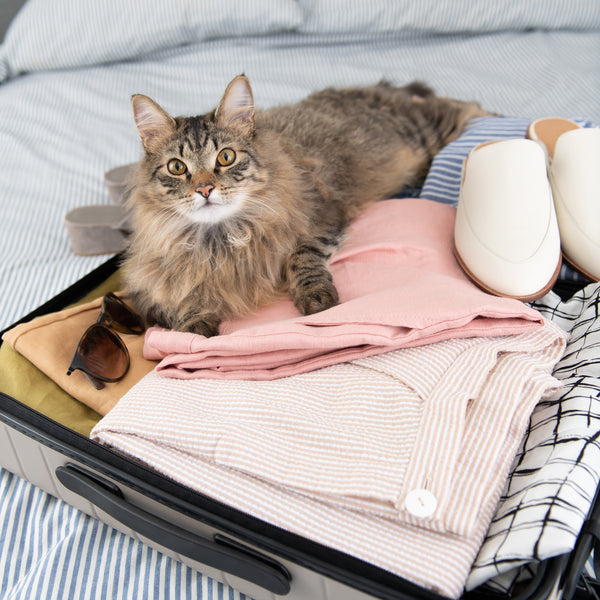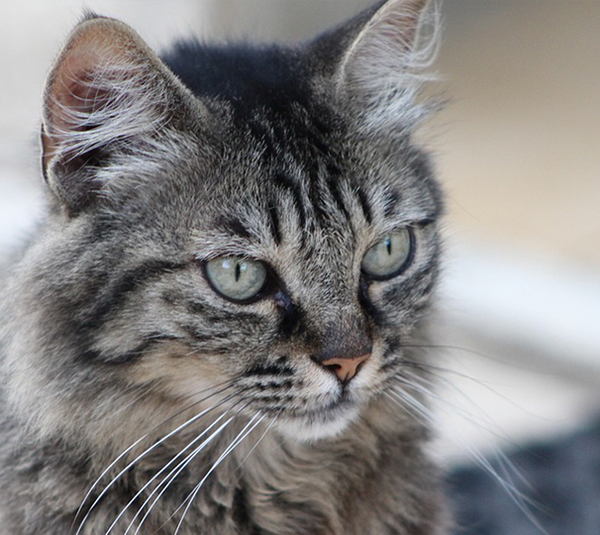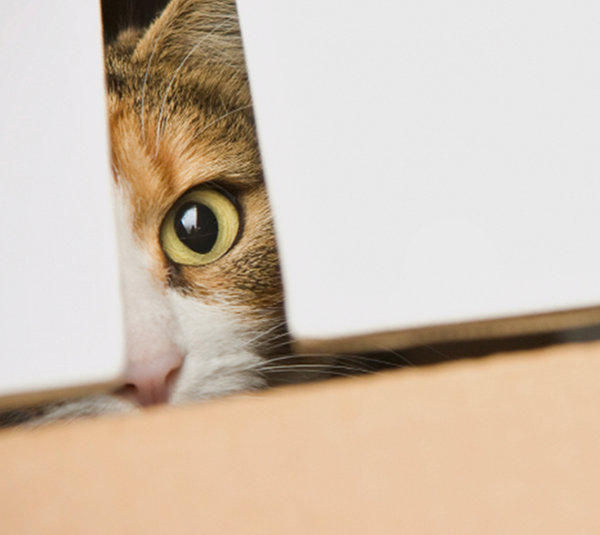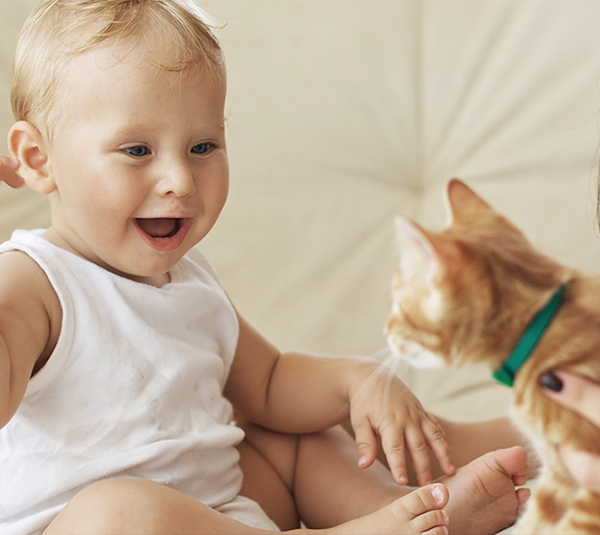Making Your Home Cat Friendly

When your home is also your cat’s home, it’s important to keep it feeling comfortable and safe for them too. Your cat is just as unique as your home environment and, to ensure their good health and wellbeing, both should work well together.
Whether your cat is an indoor cat, an outdoor cat, or perhaps something in between; they will have strong personality traits, as well as natural instincts and needs that require certain provisions. The very basics your cat will need:
Whether your cat is an indoor cat, an outdoor cat, or perhaps something in between; they will have strong personality traits, as well as natural instincts and needs that require certain provisions. The very basics your cat will need:
- A place to naturally scratch
- A safe and comfortable place to sleep
- A designated toilet area
- A place for their meals
- An opportunity to hunt (using toys, for example)
- Lots of stimulation to explore
Things to remember (and things you might not know!):
-
1. Cats love clutter
Although this isn’t ideal to our modern, open-plan living spaces, cats love to be well-camouflaged into their surroundings. They love to hide amongst full shelves, they like to sit in high places and they like to disappear from view!
-
2. Remove or secure hazards
Cats are natural explorers, which means they can often get into mischief or scrapes. When it comes to household appliances or toxic substances, be sure all lids are secure and that appliances are cat-free before use!
-
3. Cat flap anxiety
A cat flap can often cause anxiety to cats, as they often see the flap as a vulnerable point in the defences of their home, where an intruder could enter their space. This could be prevented by using a microchip scanning cat flap. Cat flaps can also be a source of anxiety if the flap opens onto an area with no physical cover for the cat to hide in, before moving further into it. Strategically positioned pot plants and garden furniture can help to provide cover and ease anxiety.
-
4. Food bowl choices
Something that’s often overlooked, but important to think about, is the type of bowl your cat will be eating from. Plastic bowls can leave an unpleasant smell in their food which can be off-putting to your cat, and stainless steel bowls can interfere with their collars. The best bowl options are ceramic or glass.
-
5. Separate food and water
Cats naturally hunt for food and search for water on separate occasions, and the presence of water near their food can actually deter them from drinking enough fluid. For best results, place a second water bowl in another location and ensure it’s big enough (and full enough) to not interfere with their whiskers.
-
6. Cats enjoy high places
High places make cats feel safe and gives them the benefit of observation. As much as they enjoy high shelves and furniture, these items are not designed for climbing and so cats can often get stuck. Why not treat them to tall scratching posts, climbing platforms or ensure other furniture is around to help them get up and down.
-
7. Quiet places for privacy
Cats love secret hideaways and places where they can enjoy peace and quiet. They enjoy warm places too. Make sure they have comfortable beds (multiple is best) in quiet, sunny areas, or make a safe space for them in cupboards or under beds. They also love radiator hammocks, but be sure to keep the radiator on a fairly low setting!
-
8. Accessible litter trays
Litter trays should be accessible but kept in a quiet spot away from food and drink. The area should be as calm and clean as possible. A regular (daily) cleaning regime is essential and some cats find the texture of polythene tray liners unpleasant. Remember to have one tray available for every cat in your household, plus one! So for 2 cats, 3 litter trays would be recommended.
-
9. Something to scratch on/toys
Cats scratch things to help maintain their claws, as well as mark their territory. Offering them specific areas to scratch, such as scratching posts or scratch panels attached to the walls can help to persuade them away from using your furniture. Some cats prefer to scratch on horizontal surfaces, something to keep in mind!
-
10. Windows and fresh air
Cats are actually confused by large expanses of glass and would prefer small windows in dark rooms, given the choice. You’ll notice that your cat could get visibly stressed if another cat appears on the other side of a window, for example. So if you’re worried about your cat, placing blinds or vinyl film over the bottom of the window can help them to feel protected. Cats also benefit from fresh air and love the smells of the outside world, so be sure to open your windows a little when possible.
We hope this has been helpful for helping your cat settle in and feel as comfortable as possible at home. For further tips and more detailed information about how to create the best environment for your cat, including the kind of play and scents they enjoy, please have a read of the complete article written by the feline experts at International Cat Care here.
